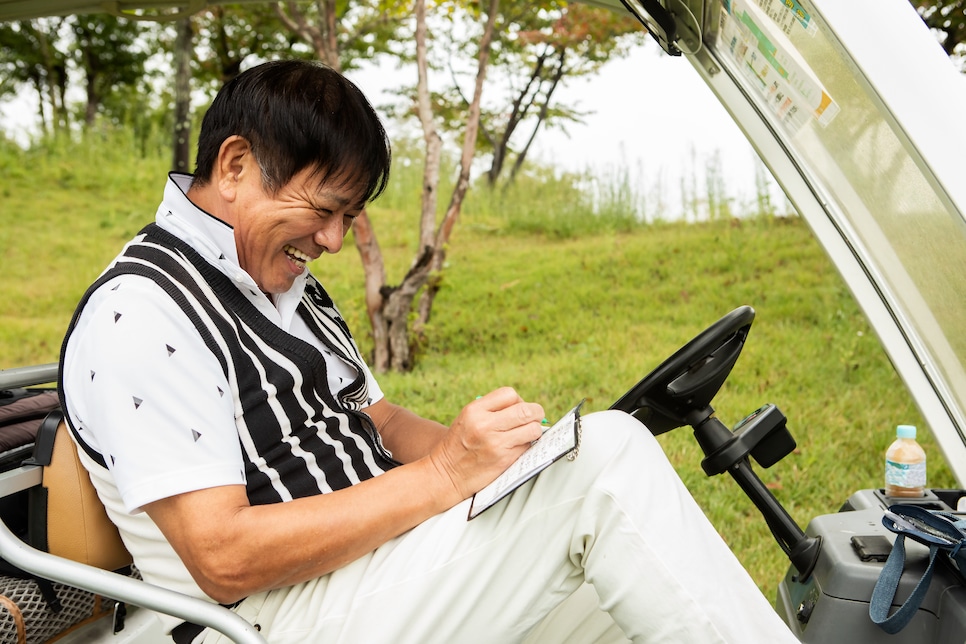Good shots and good holes are hard to come by in golf, which is why it’s so frustrating when you undo your good work so quickly.
You make a par or birdie. Or, better yet, two pars or birdies in back-to-back. Then, disaster. A bad shot, then another, maybe a middling one along the way, and then it’s done. Birdie on one hole, double-bogey on the next.
Those are called ‘reverse bounce backs’, and there’s nothing more frustrating in golf.
Stats from Arccos reveal that golfers with a handicap of 15 or higher make a double-bogey after a par close to 30 percent of the time. What’s the key to avoiding them?
1. Forget your good holes
Golfers often understand the importance of moving on from bad shots. A bad shot can turn into a bad hole, which can ruin a good round. By now, most of us know and expect that.
But the same is true for your good holes, too. It’s fun hitting the good shots but understand that just as with bad shots comes the potential of spiralling downwards, with good shots comes the potential for complacency. Sloppy decision-making is a big one. So, the next time you have a good hole, take a minute and reset. It never happened; the hole that exists is the next one.
Of course, we realise that’s easier said than done…
2. Zoom in on your next shot
The whole not-trying-to-think-about-something idea rarely works. So instead, it’s better to channel your energy in more productive ways. Which means abiding by one of golf’s biggest cliches: take it one shot at a time.
It’s natural to feel nervous, or excited, after a good hole (or a good string of holes). But the issues arise when you begin zooming out and thinking about the big-picture stuff. Instead, you want to zoom in as much as you can into the next shot you’re about to hit.
Thoughts to avoid
- If I play the next X holes in X, I can shoot my best score
- I’ve never made two birdies before
- I really hope I don’t ruin my good run
- I never play well on this next hole
Productive thoughts
- Where is the best place to be on this next shot?
- Where is the place to avoid?
- Where is the best place to aim to do both those things?
- What do I need to do in my swing to make hit the best shot?
Think about what you can control, and not what you can’t. That’s what will give you your best chance of hitting a good shot.

3. Are you an attacker or a defender?
Finally, it’s important to understand your tendencies under pressure which may affect your ability to do all of these things.
Golfers tend to fall into two camps when they’re nervous, or excited:
They get more aggressive. They hit more drivers, aim at more pins, hit putts harder, swing harder.
Or they get more tentative, and do the opposite of all of those things.
Think back over your rounds, and try to identify which one you are. And the next time you’re in that position, remember your tendency, and push yourself out of your comfort zone.




